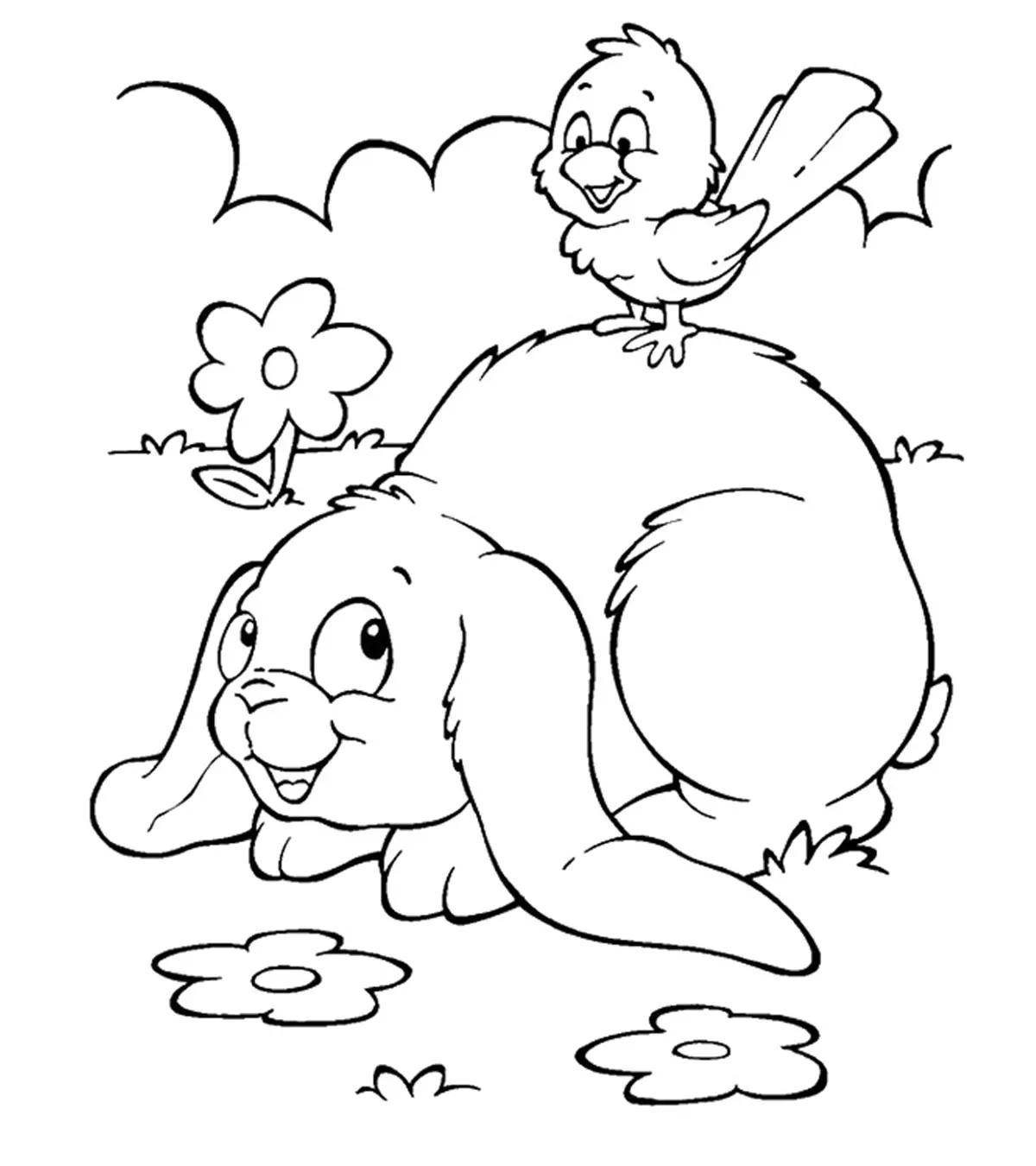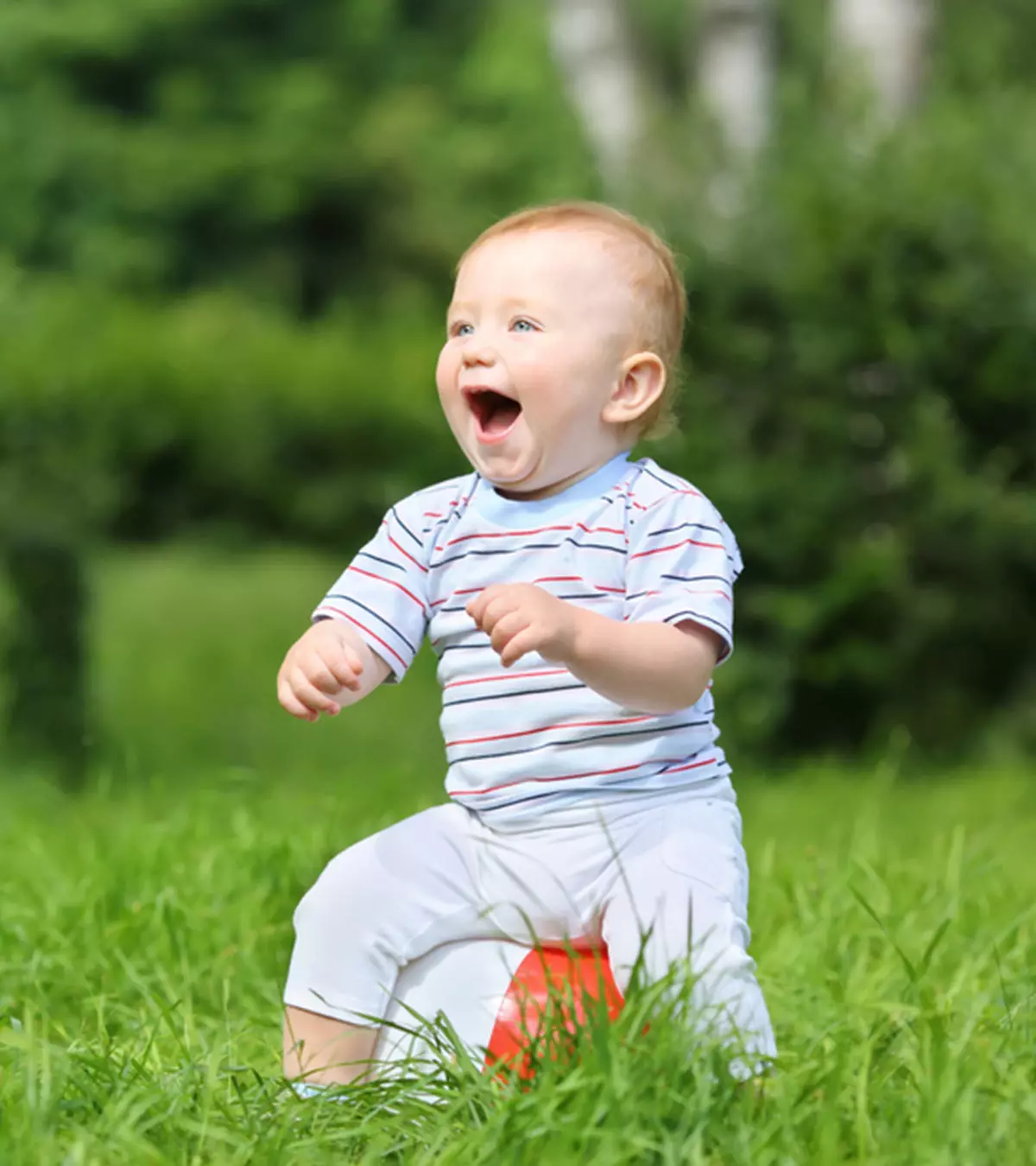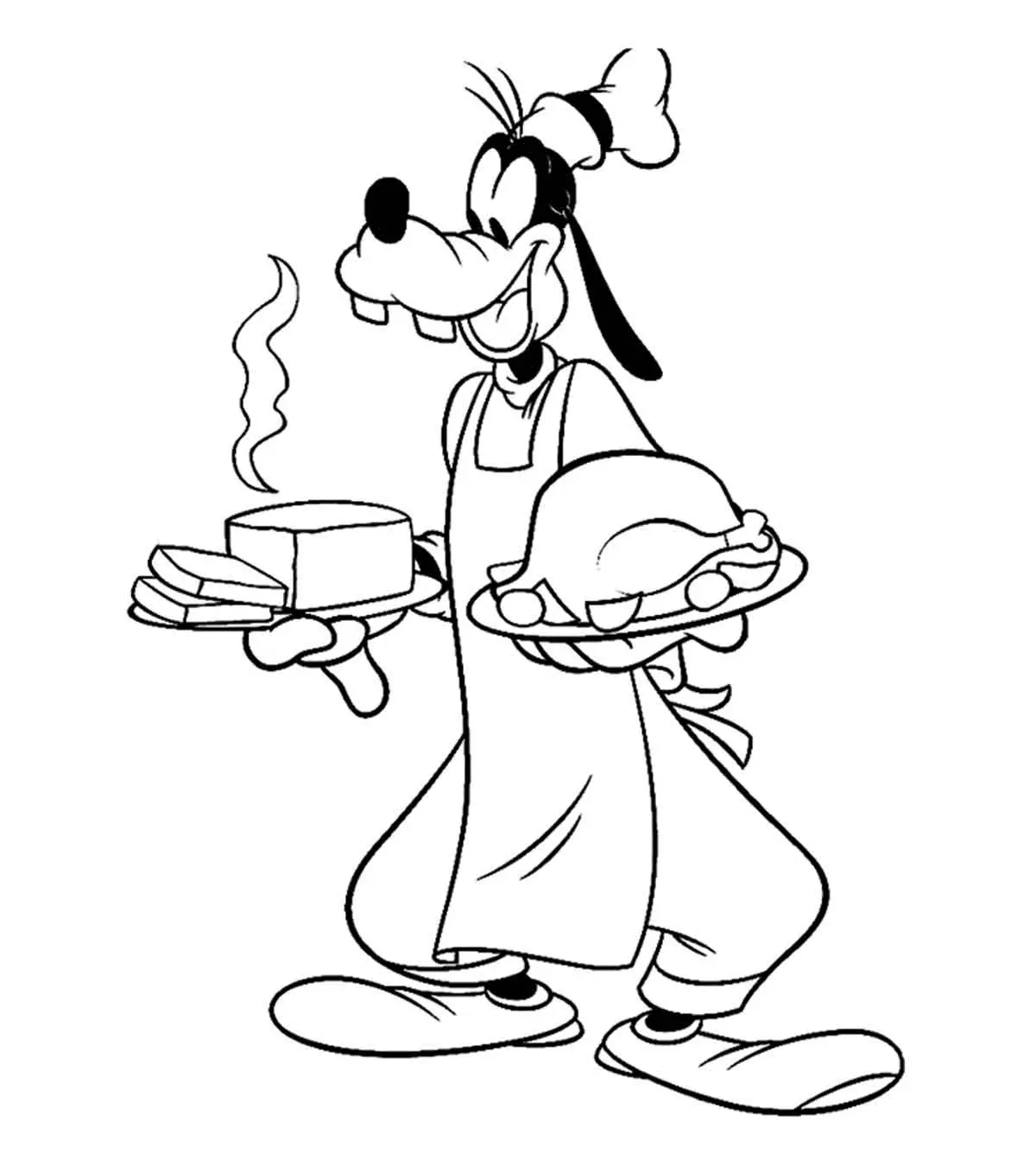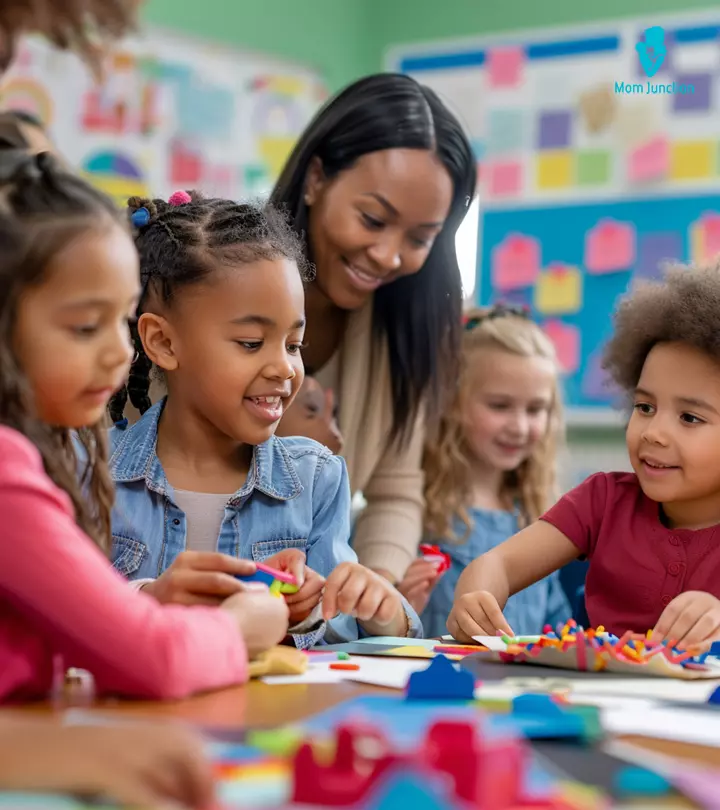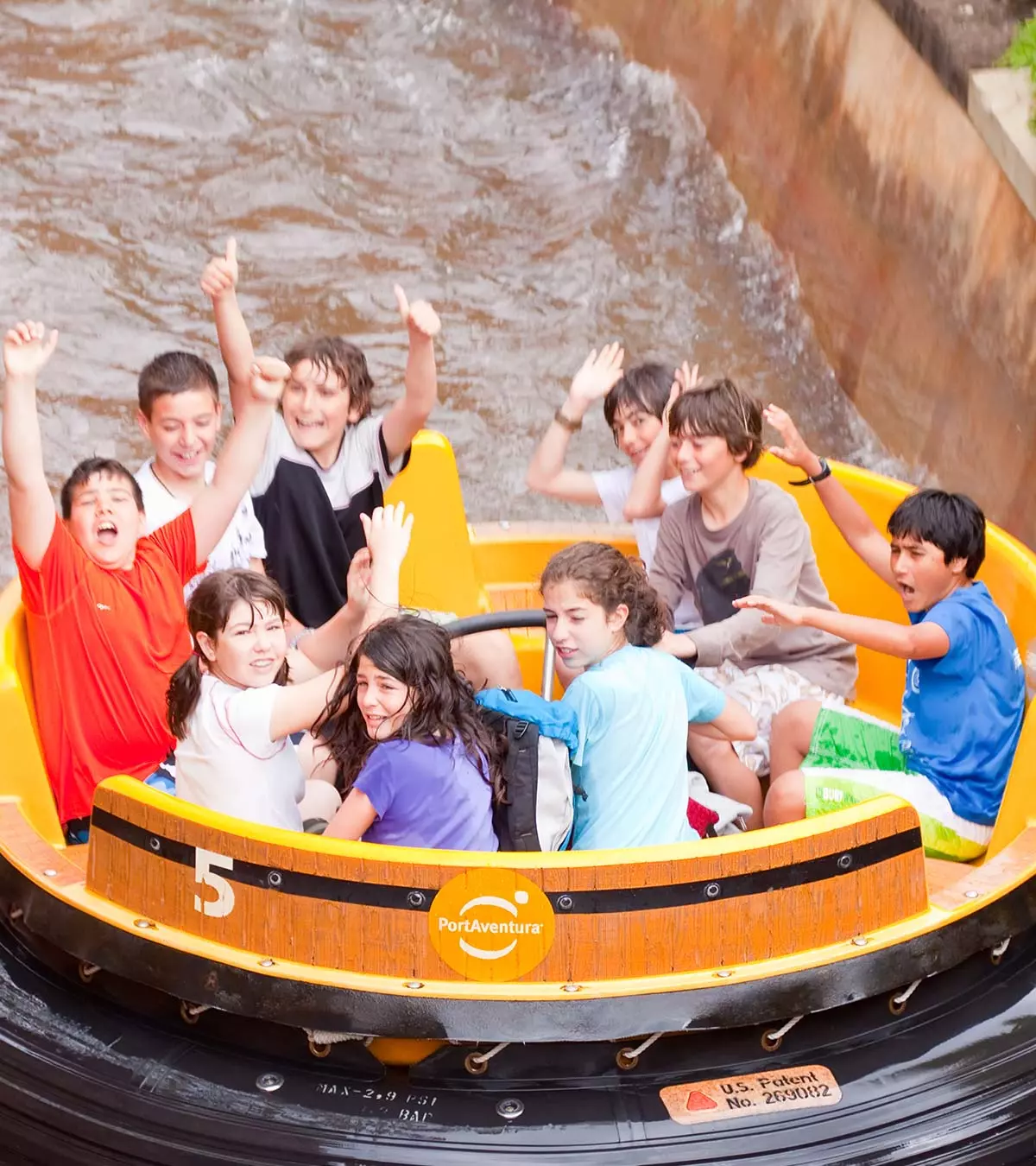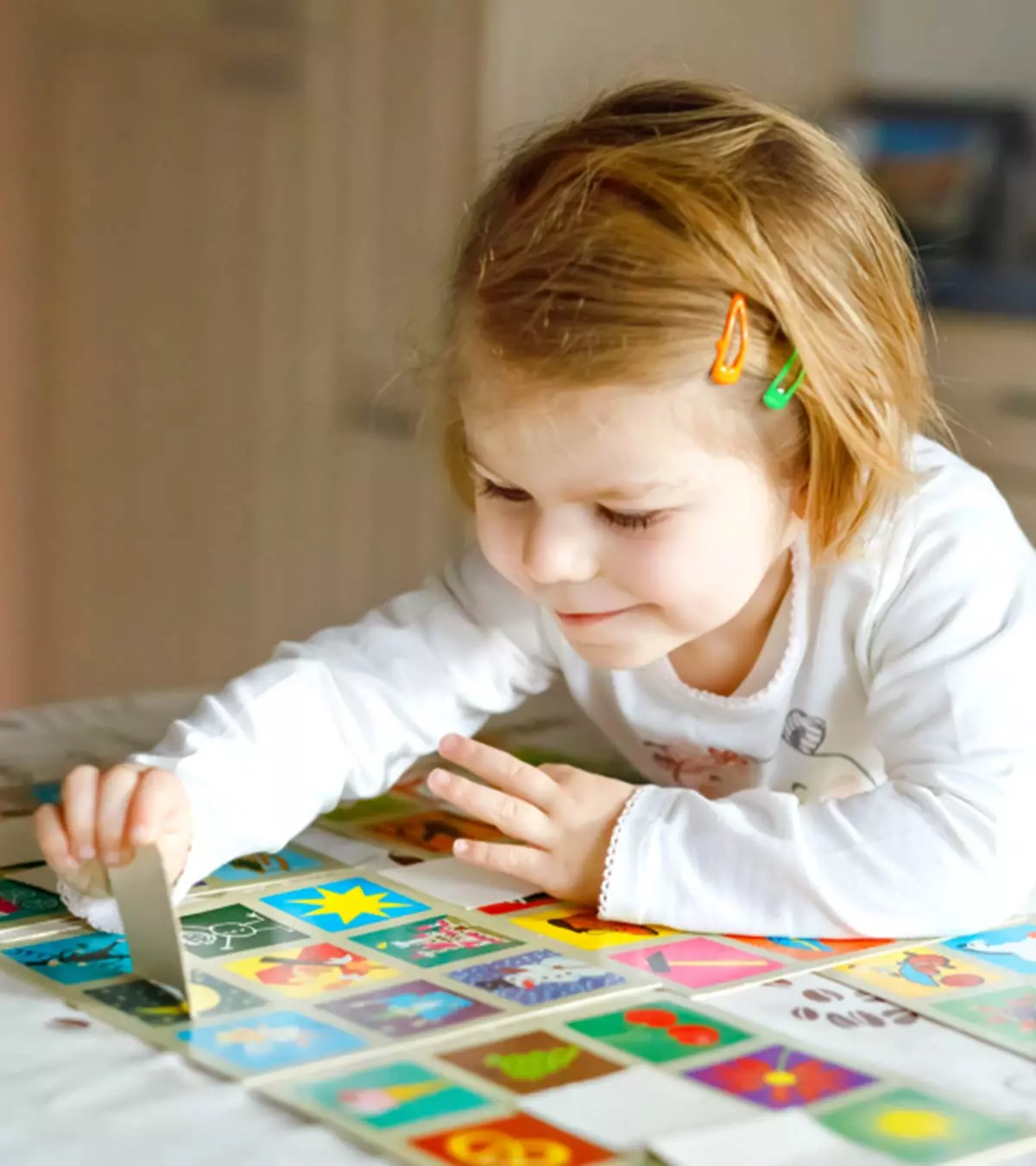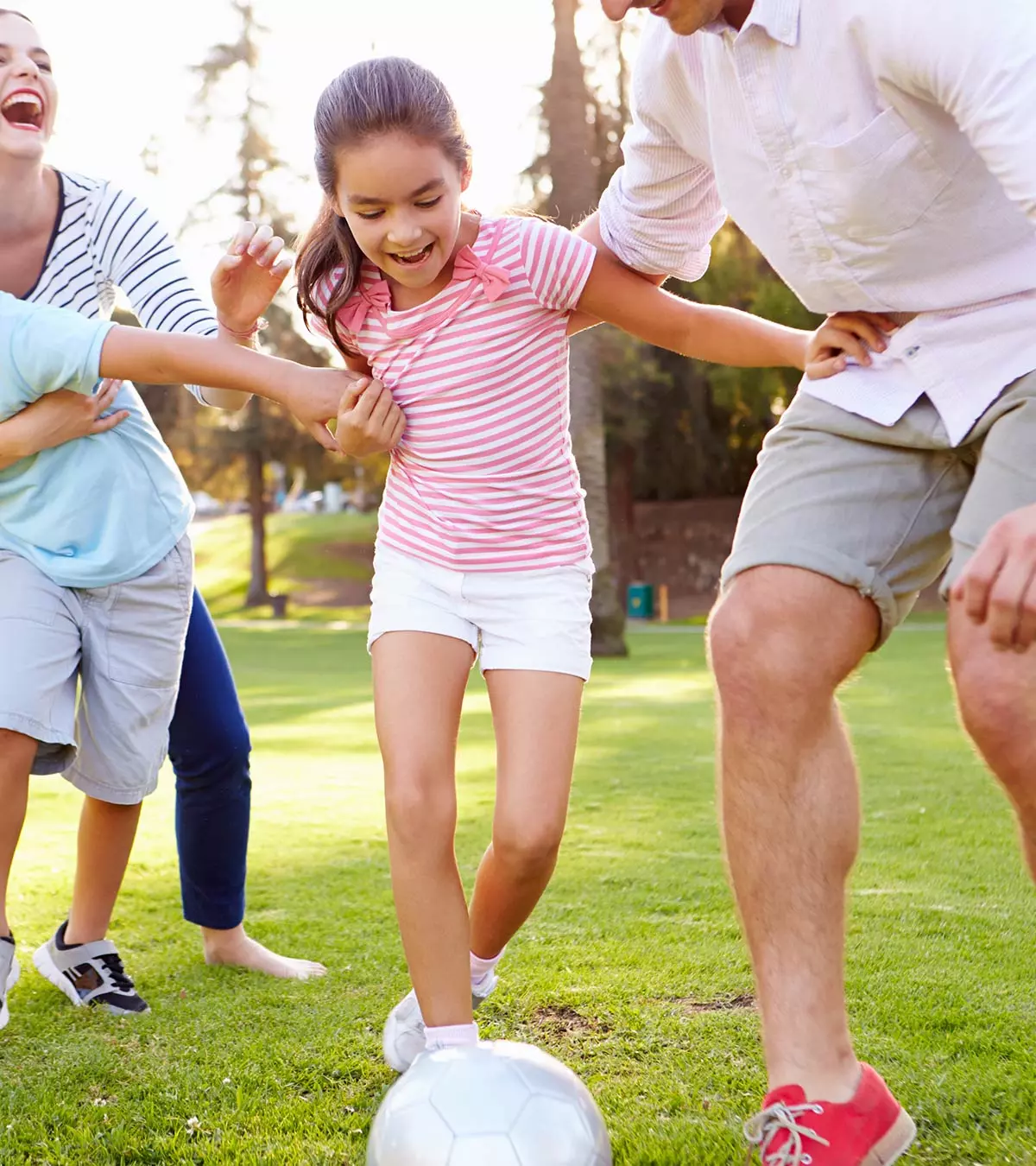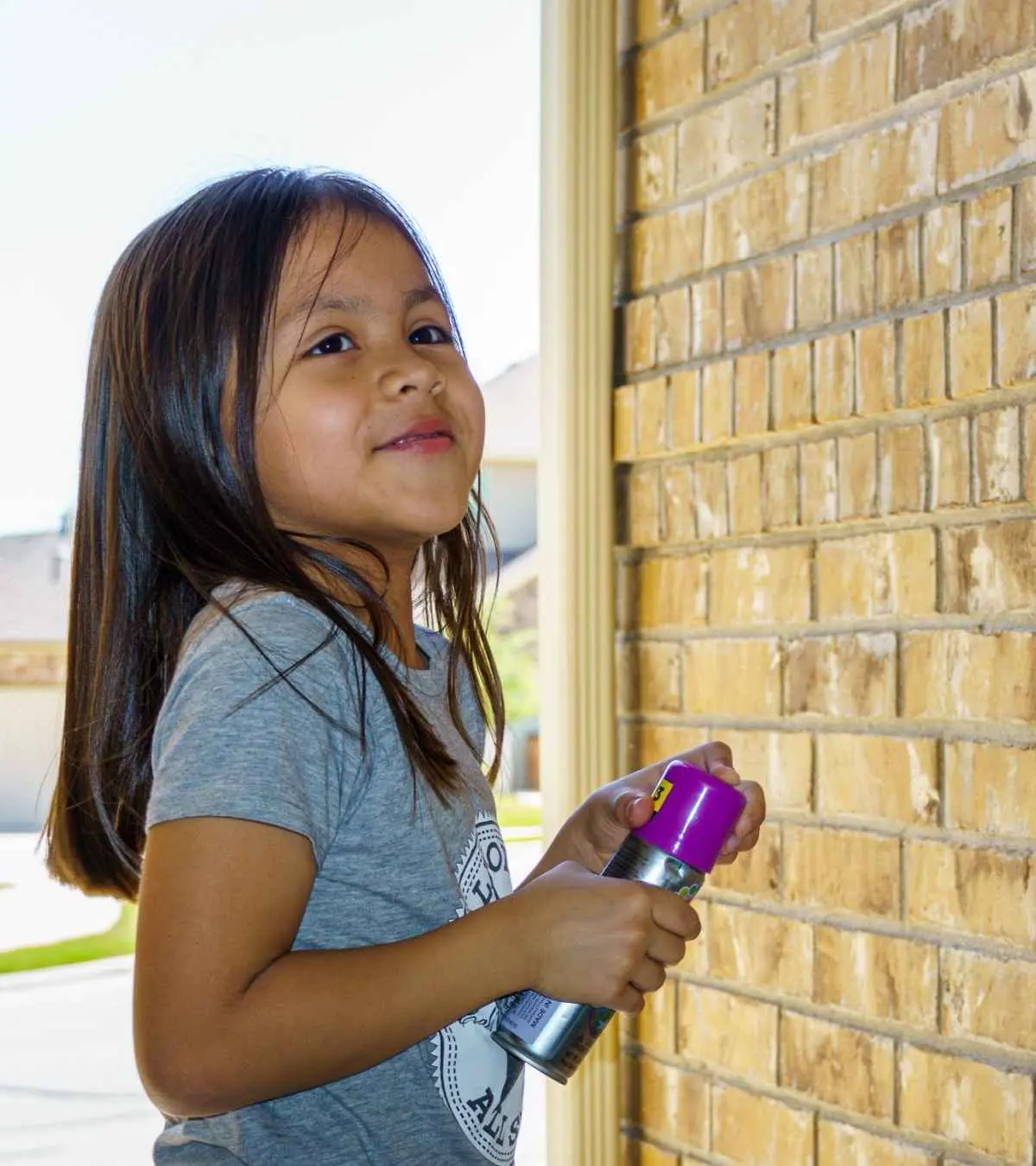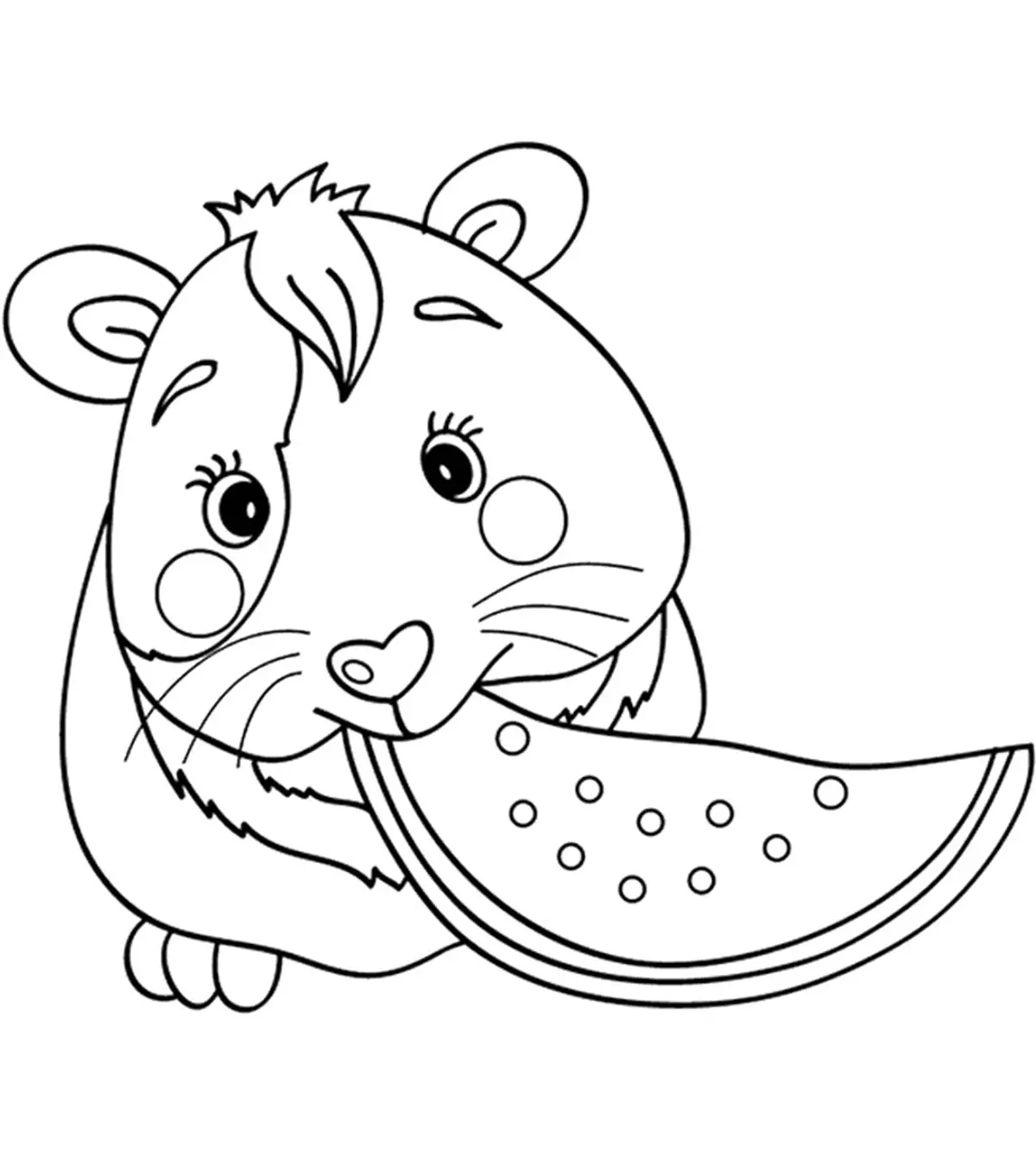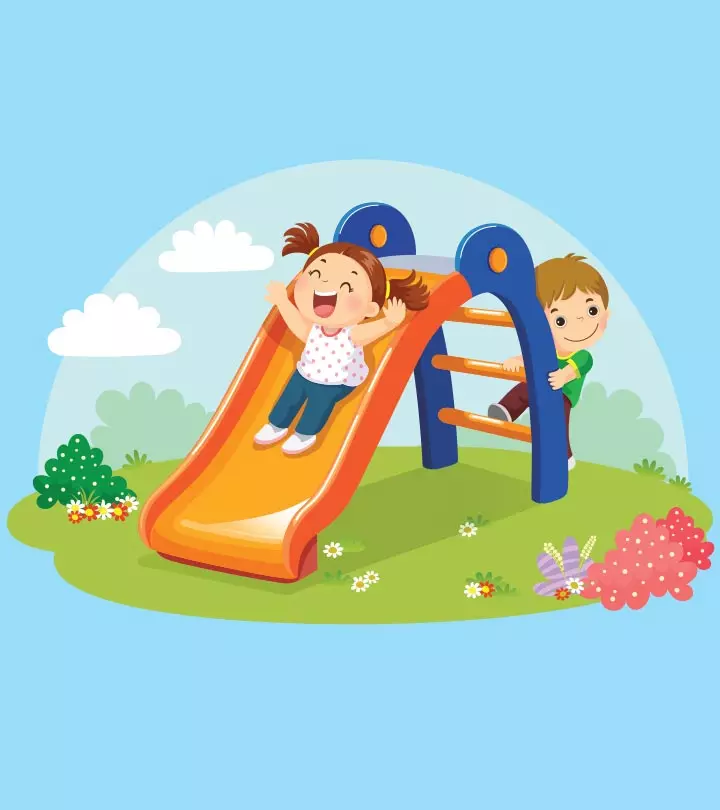
Image: Shutterstock
Circle time means group activities that promote togetherness. It allows children to interact with each other and provides a fun learning experience through these hands-on activities. In addition, these activities offer various other benefits, such as improving attention span and social skills. Preschool circle time activities also strengthen bonds amongst students and help promote positive relationships. In this post, we bring you some creative and fun circle time activities for toddlers that you could do with your preschoolers. Like playtime, these creative activities keep preschoolers engaged and give each child the opportunity to indulge in positive interaction, engagement, and communication. They also help foster a feeling of inclusivity and enhance children’s development. Circle time activities for children could involve group reading, singing, and listening to or reciting poems (1). Try the circle time activities given here to help your toddlers bond.

Key Pointers
- Circle time activities make learning a fun experience for children.
- Activities such as group reading and lunch circle can help promote togetherness and sharing among children.
- Open-ended conversations, question-answer games, and many other similar activities are mentioned in this post.
Tips For Organizing Preschool Circle Time Activities
Circle time is more than just entertainment—it’s an opportunity for young children to connect, learn, and develop social skills. However, keeping preschoolers engaged requires creativity, structure, and a little flexibility. Here are some tips that you may follow to organize circle time activities for toddlers (2).
- Flexible circle time: Don’t follow a routine and stick to the same time to perform any circle time activity. Being spontaneous can add excitement to circle time.
- Interest-based activities: You may plan activities that are specific to children’s interests. You can look for activities that provide sensory experiences and encourage exploration. This helps in getting children excited and motivated for the circle time activities.
- Variety: Having a fixed structure with educational activities for kids can get boring after a while. Therefore, you may keep experimenting with new activities every time.
Sheryl Cooper, a preschool teacher from the US, shares her successful experience using a variety of props as an effective circle time tool. She says, “I have this basket loaded with what we’re going to be doing for circle time on that day, plus I also like to have some extra props and things in here just in case circle time doesn’t go as planned, which happens, and that’s okay.” Giving an example of one such prop, Cooper describes a fun-finger puppet she made, “It was from a book where you could make copies of it, and I colored and laminated it, and then it’s just elastic on the back so it fits on my hand and it’s the 5 Little Monkeys. And I think I have yet to find a 2 or 3-year-old that does not like the 5 Little Monkeys fingerplay. So we’ll sing the song, and as each monkey falls off, we take it off, and then each toddler or preschooler helps me put the monkeys back on (i).”
- Exercise: Look up some easy and simple physical exercises that can be performed during circle time.
- Role designation: Have a new circle monitor every day, as it boosts their motivation to participate in the activities. It also promotes friendship and cooperation amongst children.
- Duration: Initially, kids may not be used to performing circle time activities, so they might get restless if it continues for too long. You may gradually extend the time (3).
- Participation: During circle time, you must provide the much-needed encouragement for children to participate equally and feel as involved as possible.
24 Preschool Circle Time Activities
Circle time offers the perfect opportunity to capture young learners’ attention and spark their curiosity. Here are some fun preschool circle time activity ideas that you may try to build their social skills, encourage movement, or introduce new concepts (3).
1. Circle time singing
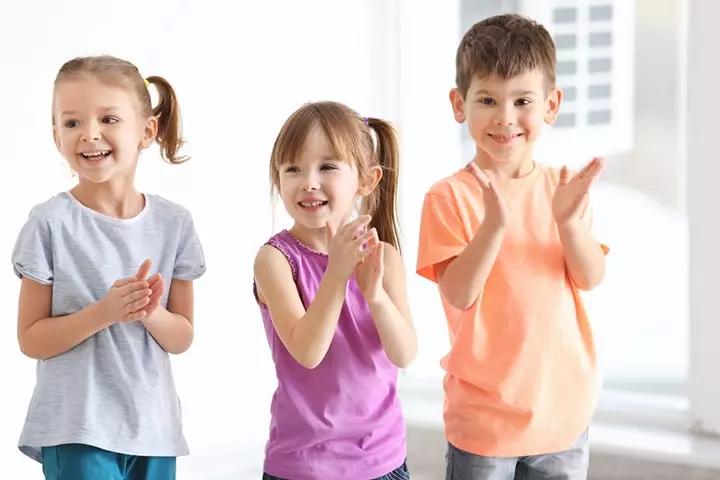
During this activity, kids can practice rhymes and songs. Circle time singing is an engaging activity that encourages every child to participate and sing their hearts out. This activity promotes emotional well-being, coordination, teamwork, cognitive development, and creativity (8). Singing in a group helps build teamwork and cooperation and gives them a sense of belonging. Rhyming songs also enhance phonemic awareness, which is crucial for sentence formation and language comprehension. Do not forget to praise every child for participating, as positive reinforcement can do wonders for them.
In another video, Cooper demonstrates how she uses rhymes and songs to signal the beginning and end of circle time. She says, “So I’ve got their mats around the circle and I sing, ‘it’s time to come to the circle, to the circle, to the circle, it’s time to come to the circle, get up (ii).’”
2. Creative circle formation
Come up with interesting ways to invite children to form a circle. For example, you may ask simple questions to kids, and once they answer, allow them to join the circle. Alternatively, children may also sing one line each of any song or rhyme before joining the circle (4).
3. Chants to move along and end the circle time
You can use a drum or clap your hands after each activity is done during circle time. This would keep the children excited. You can also choose a rhythm for each activity, such as clapping hands in a specific rhythm for the game “passing the parcel.” Rhythm and clapping help children develop their language skills (9), cognitive abilities, and social skills while introducing them to new musical concepts.
4. Quiz
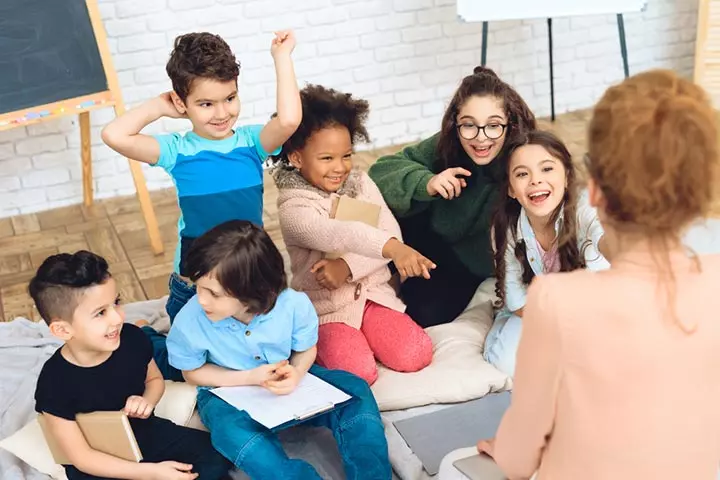
Use the circle time for a short round of the quiz. Prepare a list of interesting questions for children to enjoy while learning. The questions can be formed on animal sounds, sorting shapes, color recognition, number counting, identifying objects, and more. You can also narrate a short story and ask questions from it to improve children’s concentration and listening skills.
5. Musical chairs
Arrange chairs in a circle facing outward. Make sure you are short of one chair as compared to the number of students. Now play music and let the kids move around in a circle. When the music stops, they have to grab a seat. Whoever is not able to find a chair gets eliminated. This game promotes listening skills and improves quick thinking and reaction time. It also helps develop social skills as kids laugh and play together (10).
6. Picture pieces
Give the children a puzzle to solve. Sitting together in a circle to solve a puzzle can help them notice how others perform. As a result, children would be encouraged to perform faster. This activity will help enhance children’s hand-eye coordination and problem-solving, fine motor, cognitive, and communication skills (11). Moreover, healthy competition will keep them motivated while also learning about patience, cooperation, and teamwork.
7. Go!
For this movement activity, ask the children to stand in a circle. First, the volunteer has to make eye contact with a player, indicating to say “go.” Once they have received the command, the volunteer will slowly move toward the player. Meanwhile, the player makes eye contact with another player who will say “go” to make a spot for the volunteer and so on. This game helps enhance children’s listening skills and focus as they pay attention to see who makes eye contact with them. It also strengthens non-verbal communication skills, social and spatial awareness, quick thinking, and reaction time.
8. Story assembling
For this activity, you would need pictures of a story. Distribute pictures of this story to each child. Once they all have received a picture, they have to display it in front of them. Now ask them to form these pictures in the right order of the story. This task allows their creativity to flow freely. Arranging the pictures in a sequence helps children develop an understanding of cause-and-effect relationships and story structures. It also enhances focus, memory, visual comprehension, and critical thinking abilities.
9. Circle of silence
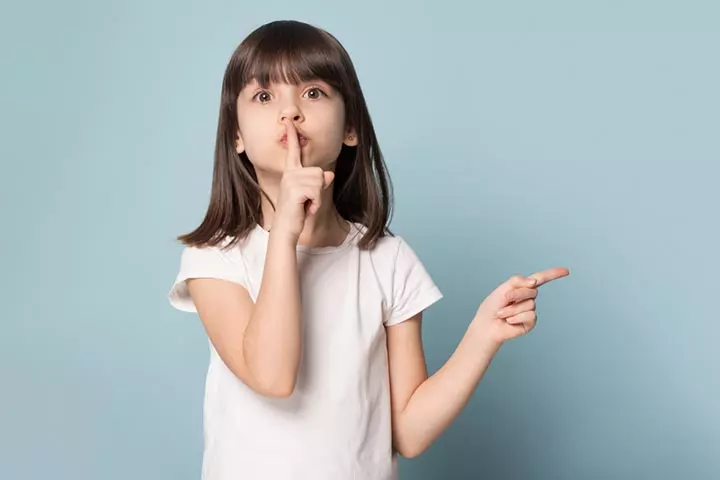
The volunteer stands in the center of the circle. Ask the children to pass a box containing marbles without making noise. If the volunteer points out where the noise came from, the child who gets caught would be the next leader of the game. Along with fine motor skills and coordination, this activity improves self-control, concentration, listening skills, and observation skills. Children also learn to work together and strategize as they pass the box undetected.
10. What’s new?
For this activity, you can bring in any new toy, parts of a game, stationery, or anything that would interest the children. Now, introduce these new materials or toys during circle time and explain how they should be used (5). This activity encourages curiosity and engagement by introducing new elements in an exciting way. Children also develop listening skills, creativity, comprehension, social skills, and a sense of responsibility as they learn to handle new items.
11. Greeting and welcoming
This activity promotes classroom community and manners. Teach children to welcome everyone to join the circle and learn how to greet each other. This task teaches children patience, kindness, and respect for others. By learning how to greet and welcome others, children develop good manners and essential social skills, such as friendliness, cooperation, and empathy. Additionally, this activity supports emotional development and helps create a warm and supportive learning atmosphere.
12. Discuss children’s concerns
Circle time can be used to discuss queries or concerns of children. It can be about the ongoing classes, activities, or anything else they would like to express. Using circle time for open discussions allows children to voice their thoughts, ask questions, and clear up concerns in a safe and supportive environment. It encourages active listening, communication skills, and self-expression, and reinforces the importance of boundaries and empathy.
 Did you know?
Did you know?13. Reminder alert
You may also use circle time to remind the students of all the tasks assigned to them. This may include their homework, assignments, and other activities. It will help children stay organized and responsible, ensuring everyone is aware of their tasks. Children can also learn about time management and the importance of being accountable and motivated.
14. Differentiated learning
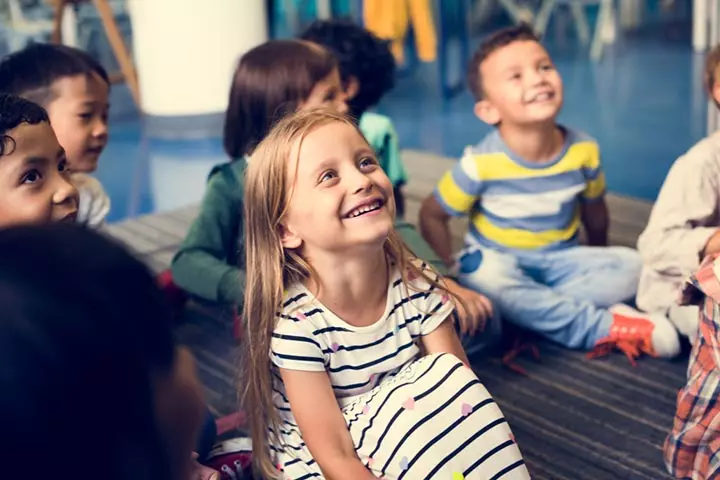
Through small groups, children can learn something different from their partners in the circle. Every child thinks differently and comes from a unique cultural background. Hence, it promotes the learning and development of a child both emotionally and academically. This activity helps build an environment of mutual respect and learning. It enhances emotional and cognitive development by promoting empathy, patience, and communication skills.
15. Open ended conversations
Circle time can be a new “safe space” for the children to discuss anything that they want to. Let the discussion move in a circle, and each child would get to express their thoughts, ensuring that every voice is heard and valued. This practice helps children with self-expression and encourages active listening and respect for others’ opinions.
16. Group reading
Reading time can be done sitting in a circle. This can promote togetherness, and the children may feel comfortable and encouraged to read with their friends (1). This setup also promotes active listening, turn-taking, and cooperative learning, as children can discuss the story, share their thoughts, and support each other while learning.
17. Word activity
Come up with a “word of the day” every day during circle time and let each child make a sentence using this word. For instance, if the word is “fruit,” each child would have to say a sentence with the word fruit in it, such as “I like to eat fruits.” This activity is effective for enhancing children’s vocabulary, language skills, verbal communication, and creativity. It also promotes active listening and cognitive skills, as children hear different sentence variations and learn new ways to use words in context.
18. Game time
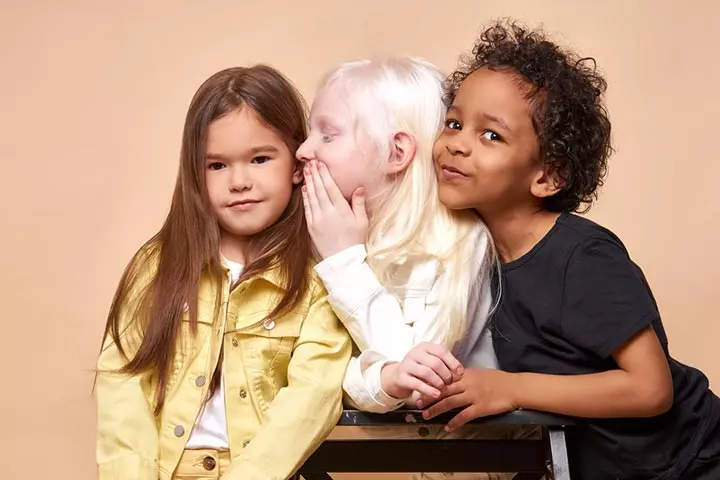
Use circle time to play a game that involves participation from each child, such as Chinese whisper, where the child has to whisper a word in the other’s ear, and the game continues so on. The last child has to tell the entire list of words without missing any. Games like these promote bonding, laughter, and a positive classroom environment. It also encourages focus, concentration, and teamwork.
19. Lunch circle
Circle time can also be used by children to share their lunch with each other while enjoying the company of their friends. This simple activity encourages socialization and a sense of community as children share food with each other. It creates a warm, inclusive environment and enhances their bonding. Eating in a relaxed setting also helps children enjoy their meals and develop healthy eating habits (12).
20. Story building
Ask each child to tell a sentence and let the next one build on it, finally making these sentences into a short story. For example, if the first child says “the bear was hungry,” the next one has to say “the bear was hungry and looking for food,” and so on. The activity helps improve children’s creativity and imagination while developing their listening skills and vocabulary.
21. Discuss the schedule for the day
Circle time can be used to inform children about all the activities that lay ahead for the day. This may help them to remember the tasks better as they have the day’s schedule. It may also promote better understanding of their daily activities.
22. Class attendance
Convert the attendance line into a circle activity. Take a child’s name and let the other children answer if they are present or not. This fun and engaging activity helps children learn their friends’ names while fostering a sense of community and inclusivity. It also encourages active listening and participation.
23. Question and answer
Let the children ask questions about anything during circle time. Children may also ask and respond to each other. This activity not only helps in engaging them but promotes teamwork as well. It also boosts children’s confidence and encourages curiosity. Active listening and responding also develops social skills.
24. Read books
Reading books in groups can enhance children’s language and social skills. Story sessions improve children’s imagination and focus. This activity introduces early literacy concepts and creates a positive environment to establish children’s love for reading and learning.
Benefits Of Circle Time For Preschoolers
Circle time for preschoolers helps improve their communication and social skills (13). Such social/emotional activities for toddlers build a sense of community and belonging and make children excited to go to preschool. Besides nurturing social-emotional skills, circle time also helps in academic learning. By bringing children together in a circle, teachers create an inclusive space where every child is seen, heard, and given an equal opportunity to participate. This promotes children’s growth and lays the foundation for success in their academics and personal life.
Frequently Asked Questions
1. What is circle time in primary school?
Circle time, also sometimes called group time, involves a group of children in a class sitting together (usually forming a circle) with their teacher for an activity such as reading or sharing thoughts on a particular topic. Furthermore, circle time enhances children’s social and academic skills (6).
2. How long should circle time be for preschoolers?
Ideally, a circle time could last about ten minutes; however, it depends on the activity and interests of the group of children involved (3). Nevertheless, splitting the circle time by incorporating two different activities into two sessions is also a good idea.
3. What are some circle time activities that encourage socialization among toddlers?
Some circle group time activities for toddlers that encourage socialization include creative circle formation, quizzes, singing, dancing, greeting and welcoming, discussing their concerns, and open-ended conversations.
4. What are some circle time activities that teach about holidays and cultural traditions for toddlers?
You can include learning about holidays and cultural traditions during circle time with activities such as playing traditional music, dancing, craft making, dramatic play, storytelling, and question and answer.
5. What circle time activities encourage language development for toddlers?
Circle time activities that can encourage language development in children include singing, differentiated learning, group reading, and word and story-building activities.
6. How can I make my circle time more enjoyable?
You can make circle time more interesting by including cognitive activities for toddlers to keep them engaged and capture their attention. Include elements, props, and activities of various genres to facilitate fun and learning. Avoid making circle time too long, and design activities as per the toddler’s age and preferences.
7. What are the common challenges teachers face during circle time?
Teachers may face several challenges during circle time. One of the biggest issues is keeping students interested and focused, as some kids find it difficult to sit still or pay attention. Others might be shy and not want to join in. Additionally, disruptions or behavior problems can interrupt the activities.
Circle time activities for toddlers help them come out of their shells, learn the importance of interaction and help them socialize. The above activities are not only fun but also educational as they can engage in different learning activities such as quizzes, word of the day, or simple discussions to stimulate their cognitive abilities. Moreover, these friendship activities for preschoolers are great energy boosters and help children bond with their peers and friends better.
Infographic: Tips For Organizing Circle Time Activities For Toddlers
Preschool is where children learn to develop positive relationships and become part of a social circle. In the following infographic, we have included a list of important points to remember while organizing circle time activities. Save this list so that you can refer to it easily.
Some thing wrong with infographic shortcode. please verify shortcode syntax
Illustration: Fun Circle Time Activities For Preschoolers And Toddlers

Image: Dall·E/MomJunction Design Team
Watch this video and learn these songs for some fun circle time activities with your friends or at your playschool!
Personal Experience: Source
MomJunction articles include first-hand experiences to provide you with better insights through real-life narratives. Here are the sources of personal accounts referenced in this article.
i. My secret to a successful circle time.https://www.youtube.com/watch?v=ULiy3UJlRKo
ii. How to start toddler and preschool circle time (back-to-school).
https://www.youtube.com/watch?v=dymPxcAVk30&ab_channel=Teaching2and3YearOlds
References
- Getting The Most Out Of Circle Time.
https://www.childrenshospital.org/sites/default/files/media_migration/38171466-a50b-4fb3-a892-b108182ae004.pdf - 5 Tips For A Successful Circle Time
https://teachingmama.org/5-tips-for-a-successful-circle-time/ - Successful Circle Times
https://extension.psu.edu/programs/betterkidcare/early-care/tip-pages/all/successful-circle-times - Circle Time And Movement
https://ccfs.ucdavis.edu/home-young-children/circle-time-and-movement - From Circle Time To Small Groups
https://www.naeyc.org/resources/pubs/tyc/apr2020/circle-time-small-groups - Successful Circle Times with Young Children
https://crane.osu.edu/our-work/successful-circle-times-with-young-children/ - Thinking and play: preschoolers
https://raisingchildren.net.au/preschoolers/play-learning/play-preschooler-development/thinking-play-preschoolers - Four benefits of singing with young children
https://www.cela.org.au/publications/amplify!-blog/jan-2025/four-benefits-of-singing-in-early-childhood - Margaux Lê et al.; (2025); Rhythm in the blood: The Influence of rhythm skills on literacy development in third graders
https://www.sciencedirect.com/science/article/abs/pii/S002209651930565X - Musical Chairs
https://thegeniusofplay.org/genius/play-ideas-tips/play-ideas/musical-chairs.aspx - Five Things Children Gain From Puzzle Play
https://illinoisearlylearning.org/blogs/growing/puzzle-play/ - Time to Eat
https://www.actionforhealthykids.org/activity/time-to-eat/ - The Classroom Environment: Encourage Social Development Through Circle Time
https://www.eccpct.com/Resources/Classrooms/Tips-for-Tots/Encourage-Social-Development-Through-Circle-Time/
Community Experiences
Join the conversation and become a part of our nurturing community! Share your stories, experiences, and insights to connect with fellow parents.
Read full bio of Theresa Bertuzzi
Read full bio of Trisha Chakraborty
Read full bio of Rohit Garoo
Read full bio of Kavita Kankani







